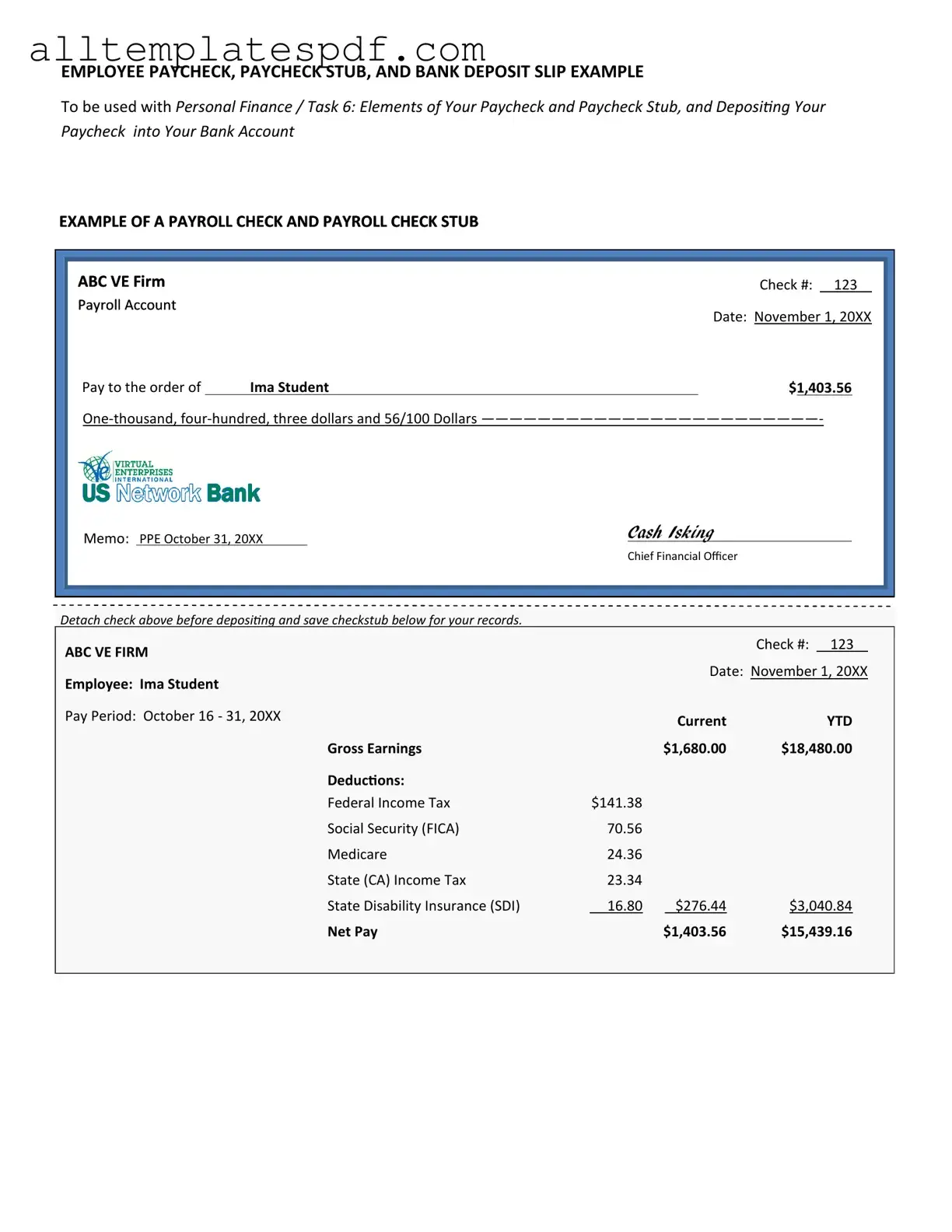Filling out a Payroll Check form can seem straightforward, but many people make common mistakes that can lead to delays or errors in payment. One frequent error is neglecting to include accurate personal information. This includes your name, address, and Social Security number. If any of these details are incorrect, it can cause issues with processing your paycheck.
Another common mistake is forgetting to double-check the hours worked. Whether you’re a salaried employee or an hourly worker, it’s essential to ensure that the hours you report are accurate. Miscalculating your hours can lead to underpayment or overpayment, both of which can create unnecessary complications.
Some individuals also overlook the importance of specifying deductions. This can include taxes, retirement contributions, or health insurance premiums. If you don’t indicate these deductions clearly, it might result in incorrect withholding amounts, affecting your take-home pay.
Additionally, many people fail to sign the form. A missing signature can halt the entire payroll process. It’s a simple step that can easily be forgotten, but it’s crucial for ensuring that your paycheck is processed without a hitch.
Lastly, not keeping a copy of the completed Payroll Check form is a mistake that can come back to haunt you. Having a record of your submission can be invaluable if any discrepancies arise later. Always make sure to keep a copy for your own records.
